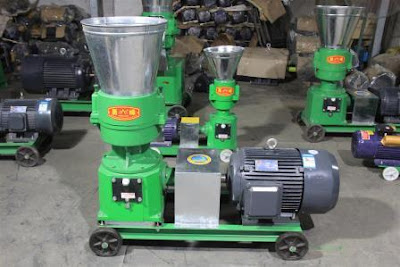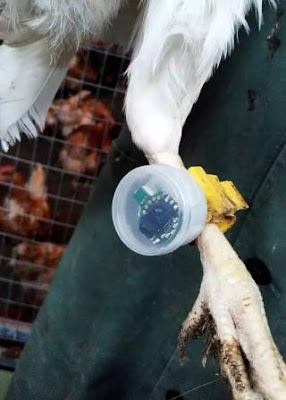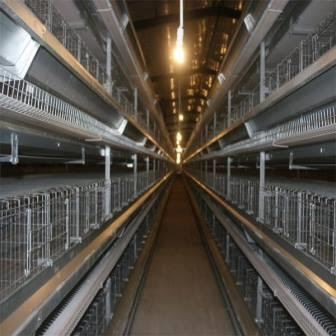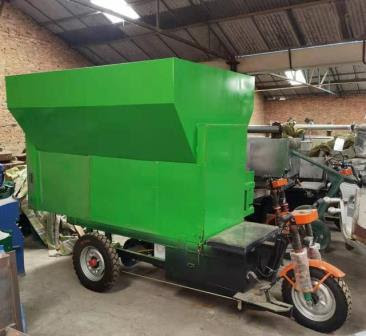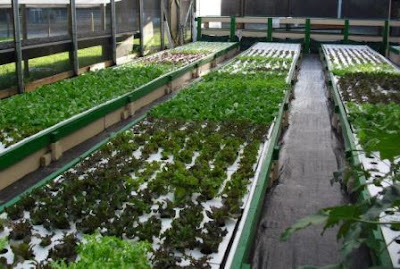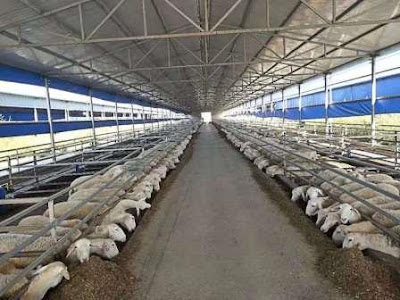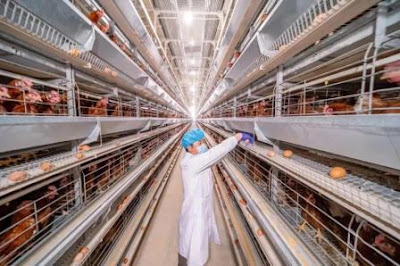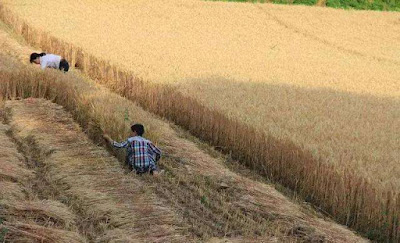Livestock refers to animals raised by humans for various purposes, including food, fiber, labor, and companionship. The most common types of livestock are cattle, pigs, sheep, and poultry. These animals are an important part of many agricultural systems and play a crucial role in food security around the world.
One of the primary uses of livestock is for meat production. Cattle, pigs, and sheep are all commonly raised for their meat, which is an important source of protein for many people. Livestock can be raised on pasture or in feedlots, depending on the type of animal and the production system. Pasture-raised animals are allowed to roam freely and graze on grass and other vegetation, while feedlot animals are kept in confined spaces and fed a high-energy diet to promote rapid growth.
In addition to meat, livestock is also raised for their milk, eggs, and other products. Dairy cows are raised for their milk, which is used to produce a wide range of dairy products, including milk, cheese, yogurt, and butter. Poultry, such as chickens and turkeys, are raised for their eggs, which are nutritious and versatile food. Other animals, such as goats and sheep, can be raised for their wool, which is used to make clothing and other textiles.

Livestock also plays an important role in many small-scale farming systems around the world. In many developing countries, farmers rely on livestock to provide fertilizer for their crops, to help plow their fields, and to transport goods to market. In these systems, livestock is often treated as a valuable asset and is carefully managed to ensure their health and productivity.
However, livestock production can also have negative environmental and social impacts. Large-scale livestock operations can lead to water pollution, soil erosion, and the spread of disease. In addition, the use of antibiotics and hormones in livestock production can contribute to the development of antibiotic-resistant bacteria and other health concerns.
To address these issues, many farmers and researchers are exploring alternative approaches to livestock production. These include organic farming methods, which avoid the use of synthetic fertilizers and pesticides, and agroforestry, which integrates livestock into a diverse agroecosystem that includes trees, crops, and other plants. These approaches can help to reduce the negative impacts of livestock production on the environment, while still providing valuable food and other products.
In conclusion, livestock plays a vital role in many agricultural systems around the world, providing food, fiber, and other products to people around the globe. While there are certainly challenges associated with livestock production, there are also many opportunities to improve the sustainability and resilience of these systems. By working together, farmers, researchers, and policymakers can create a more equitable and sustainable future for both people and animals.
